Imagine walking through a dense, ancient forest, the air thick with the scent of pine and damp earth, only to discover that every towering tree, every whispering leaf, belongs not to a family, a community, or even a government, but to a faceless corporation—one with no employees, no caretakers, and no human hands to tend to its legacy. This isn’t a dystopian fantasy; it’s a growing reality that has left scientists, conservationists, and local communities both baffled and deeply concerned. Who watches over these forests when their owners are little more than legal entities on paper?
The Rise of Corporate Forest Ownership
The phenomenon of corporations owning vast tracts of forestland has surged in recent decades. These companies are often set up as shell entities, existing solely to hold assets like land. Unlike traditional landowners, they may have no offices, no staff, and no physical presence in the regions they control. The motivation behind this trend is often financial: forests are valuable for timber, carbon credits, and as speculative investments. This shift in ownership marks a dramatic departure from the days when forests were managed by foresters or local communities with a stake in their wellbeing.
The Invisible Hand: How “No-Employee” Corporations Operate
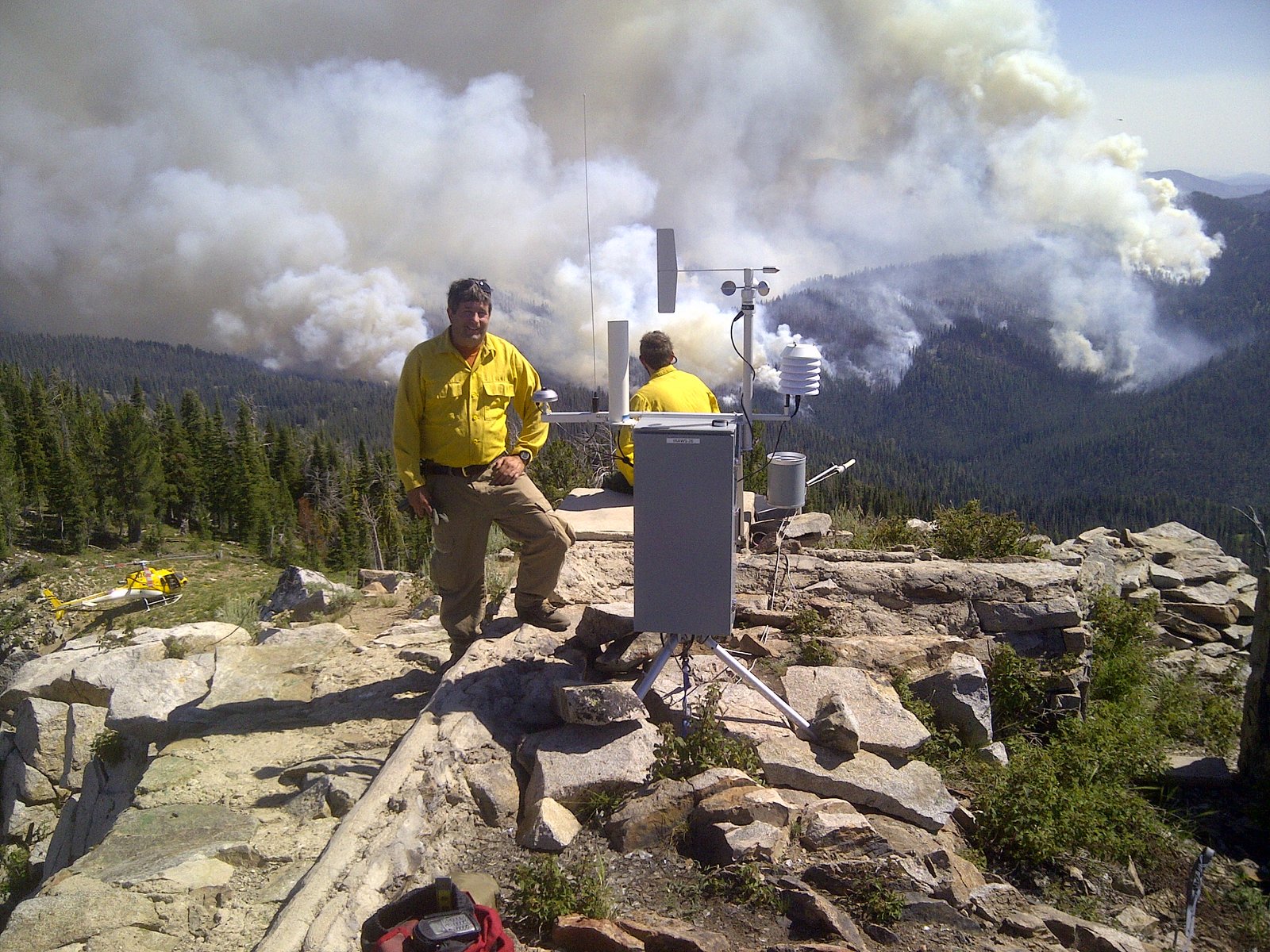
Corporations with no employees typically operate through a web of contracts and remote management. Instead of hiring rangers or land stewards, they outsource everything—from logging to security—to third-party contractors. Decision-making is guided not by the needs of the forest, but by spreadsheets and quarterly returns. This distant, hands-off approach can create a dangerous disconnect between those who own the land and those who understand its ecological rhythms. It’s like owning a living, breathing masterpiece and never visiting the gallery.
Environmental Risks and Lost Stewardship
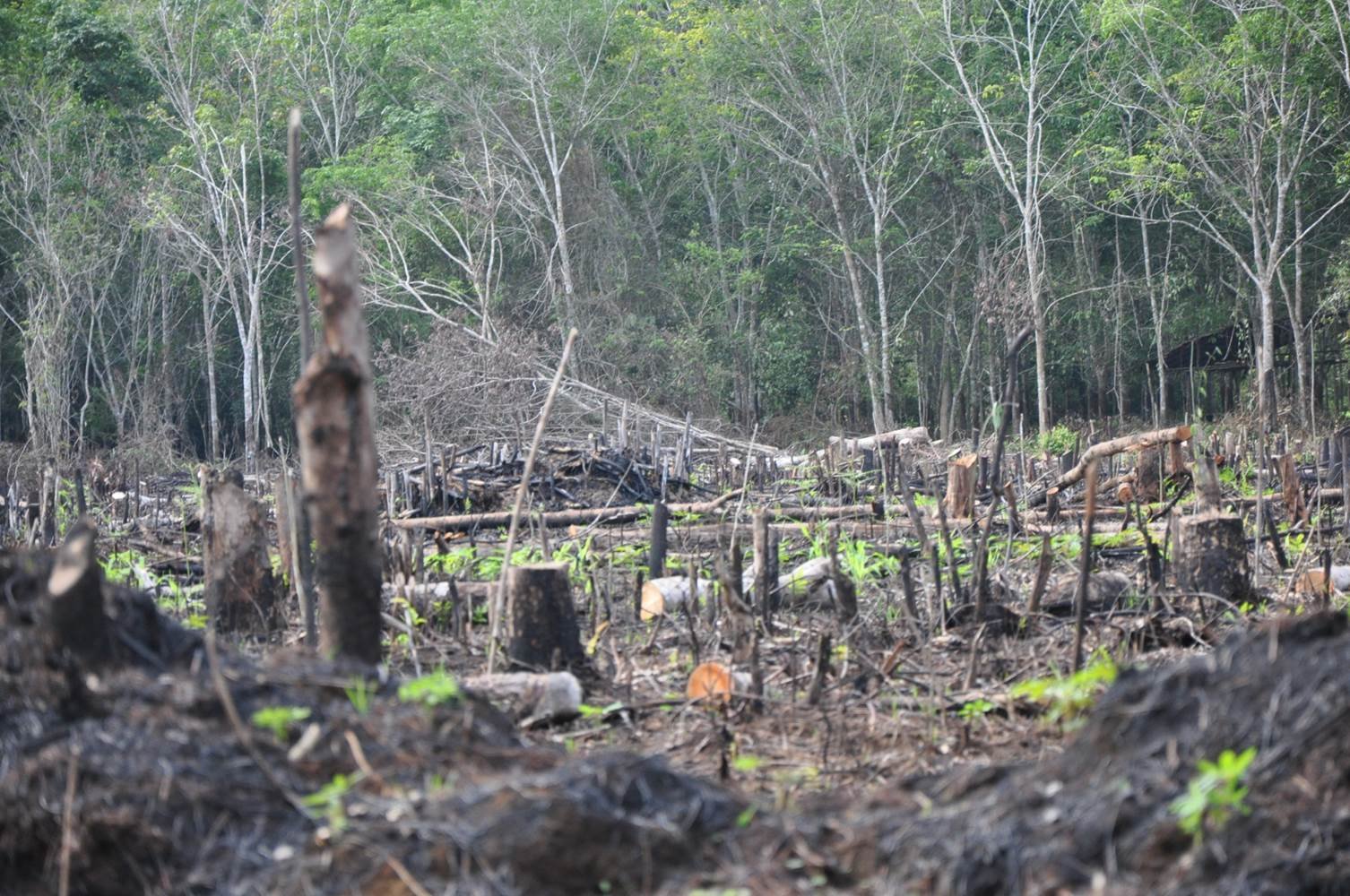
When forests are treated solely as assets, the consequences can be severe. Without the watchful eyes of local stewards or employees, illegal logging, poaching, and fires can go unnoticed for weeks or months. In some cases, corporations may neglect essential conservation work, such as replanting after harvest or maintaining firebreaks. The forest becomes vulnerable, stripped of the human touch that once cared for its health. A forest without stewards is like a ship with no captain, drifting toward disaster.
Regulatory Loopholes and Legal Gray Areas
Many no-employee corporate landowners exploit legal loopholes, operating in the shadows of regulation. With no physical presence, it becomes difficult for governments to enforce environmental laws or hold anyone accountable for damage. These corporations often use complex ownership structures to obscure who is really in control. This lack of transparency undermines efforts to protect forests, leaving regulators struggling to even identify the responsible parties when things go wrong.
The Impact on Local Communities
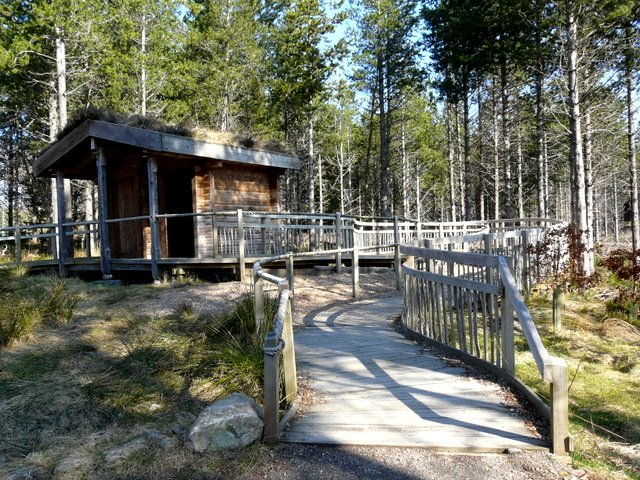
For generations, local communities have relied on forests for their livelihoods—collecting firewood, hunting, and gathering medicinal plants. When ownership shifts to a faceless corporation, these traditions are often disrupted. Access may be restricted, and traditional rights ignored. The absence of on-the-ground employees means there are no relationships, no dialogue, and no understanding of local needs. It’s as if the forest has been walled off by invisible barriers.
Biodiversity in the Balance
Forests owned by absentee corporations are often managed with profit as the sole priority. This can mean clear-cutting, monoculture plantations, and the use of pesticides and fertilizers that threaten native wildlife. Without employees to monitor conditions, species may vanish unnoticed. The delicate balance that sustains biodiversity is easily tipped when no one is watching, and once lost, these wonders are almost impossible to reclaim.
Carbon Markets and Greenwashing
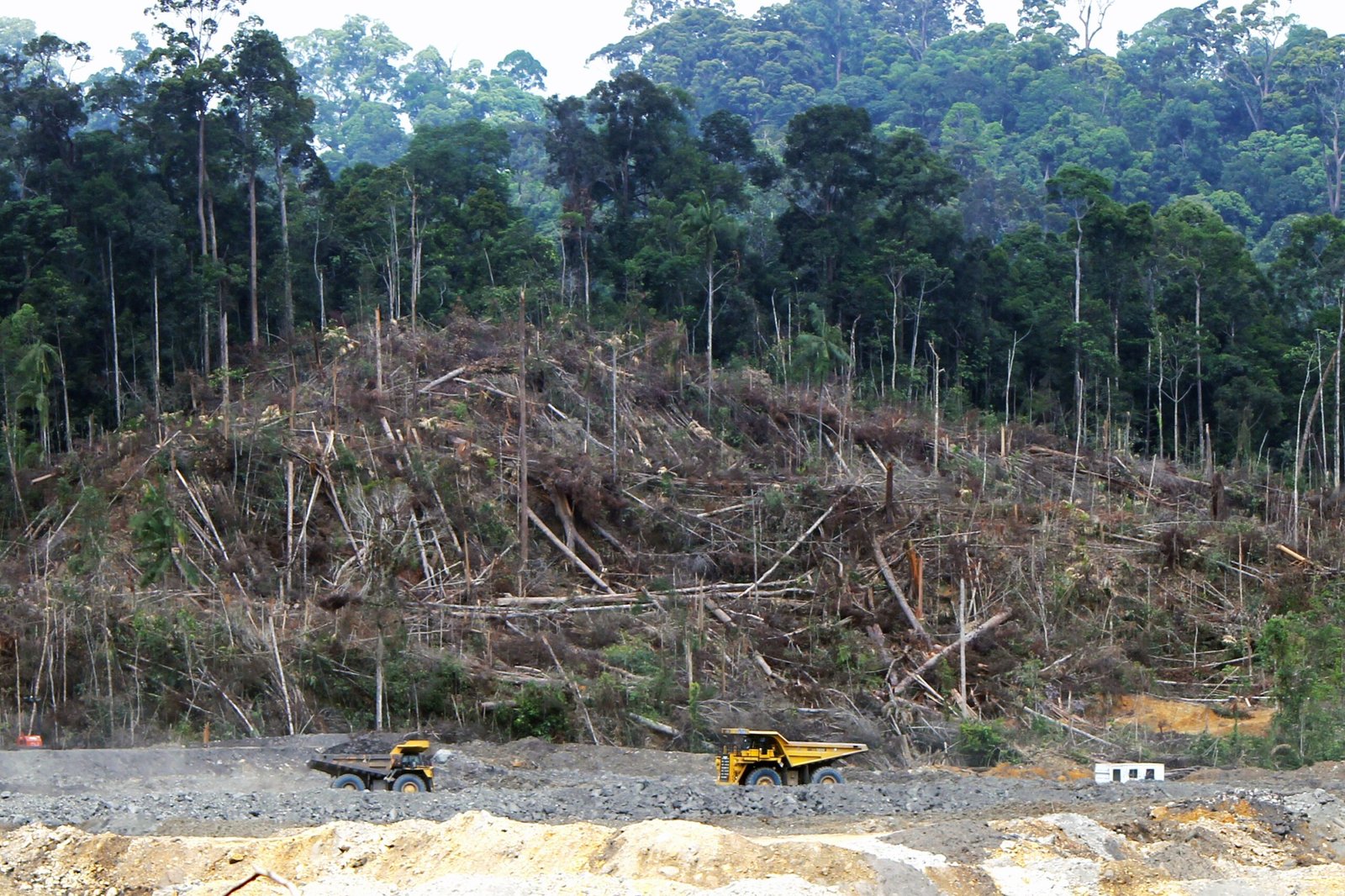
Some corporations buy forests for carbon credits, claiming to offset emissions while doing little to actually protect or restore ecosystems. With no employees to oversee sustainable practices, promises of conservation can become empty gestures—mere greenwashing. Investors and consumers may be misled into believing they are supporting environmental solutions, while in reality, the forest is left to fend for itself.
Case Studies: Ghost Forests Around the World
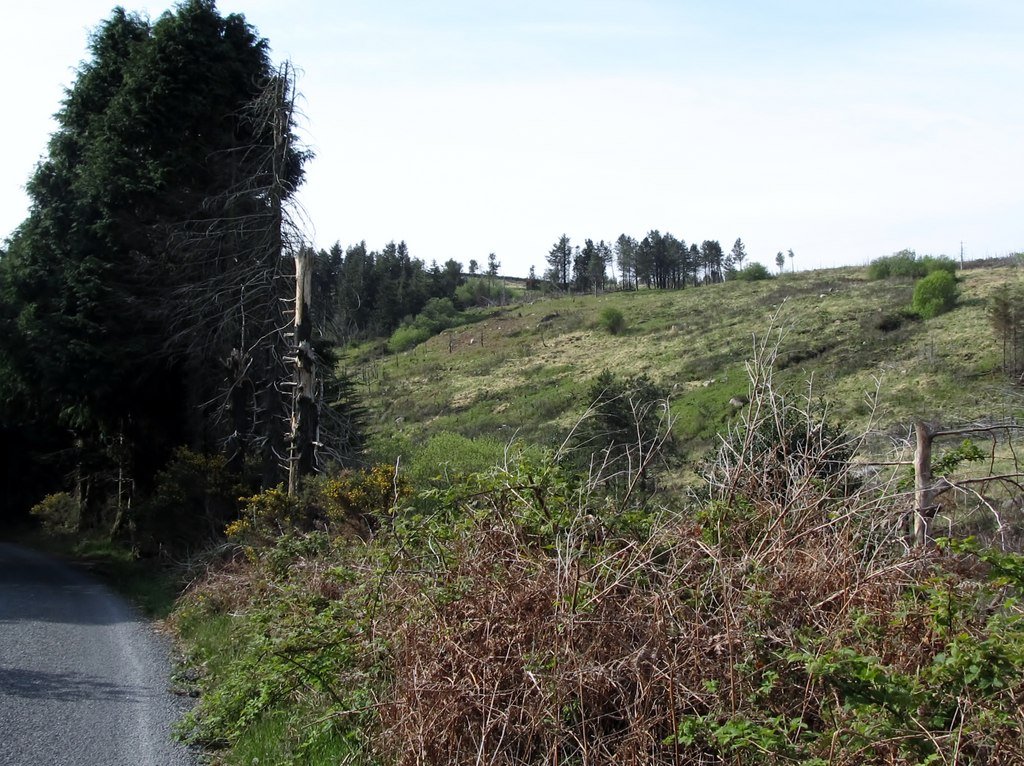
From the pine plantations of the American South to the rainforests of Southeast Asia, the story is the same. In the United States, millions of acres are held by timber investment firms with no on-the-ground staff. In parts of Indonesia, palm oil companies have acquired vast forests, operating remotely and leaving devastation in their wake. These “ghost forests” are everywhere, their fate decided in distant boardrooms rather than among the trees.
Technology: A Double-Edged Sword

Remote monitoring tools like drones and satellites have made it easier for corporations to manage forests from afar. While these technologies can detect illegal activity and track changes, they lack the nuance of human oversight. A drone can spot a fire, but it can’t replace the intuition of a seasoned forester who knows the land’s history. Technology can be a powerful ally, but without people, it’s an incomplete solution.
Reimagining Forest Ownership for the Future

The story of forests owned by corporations with no employees is still being written. Some forward-thinking companies are now partnering with local communities, hiring stewards, and investing in sustainable forestry. Others are experimenting with new models that blend profit with responsibility. The challenge is to make ownership mean more than a line on a balance sheet—to give forests the care and respect they deserve.
What does it mean for the world when even our wildest places are owned but not truly cared for?



